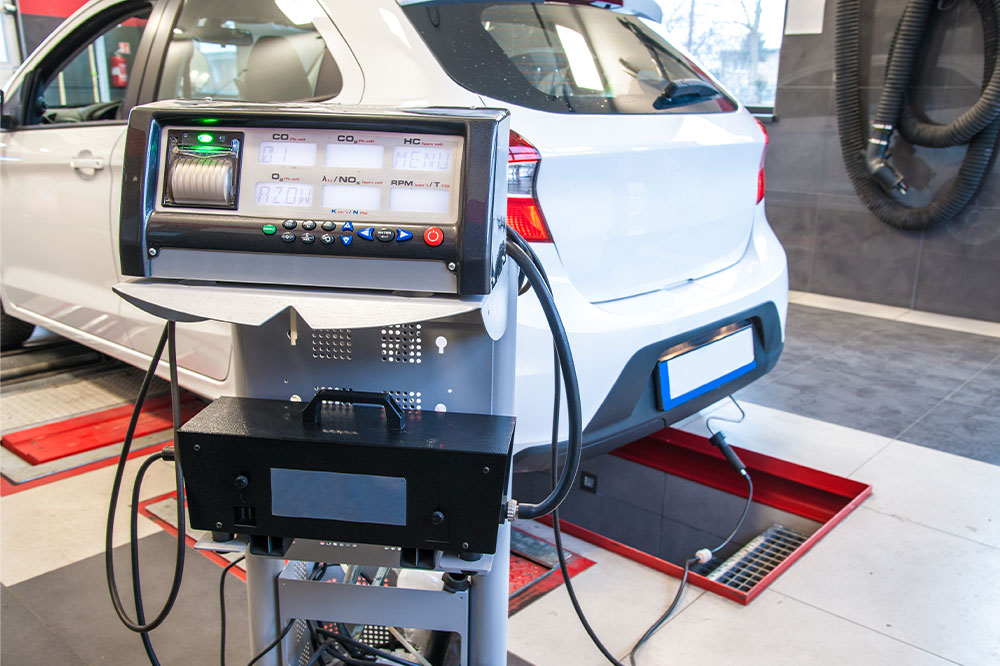Comprehensive Guide to Vehicle Emissions Testing
Discover everything about vehicle emissions testing, including its importance, process, failure reasons, and tips for passing. Learn how emissions testing helps improve car performance, protect the environment, comply with regulations, and ensure public health. Find nearby testing centers easily and prepare your vehicle with simple steps to ensure a smooth testing experience. Stay informed about emissions standards and safeguard your health and the planet through routine vehicle checks.

Comprehensive Guide to Vehicle Emissions Testing
Emissions testing is a critical step in maintaining vehicle health, helping owners identify needed repairs or fuel efficiency issues. Today, locating affordable testing centers is straightforward—just search online for “emissions testing near me” to find nearby facilities and schedule an appointment. Here’s what you need to know about emissions testing:
Why is emissions testing vital?
Emissions testing serves multiple essential purposes for vehicle owners. Key reasons include:
Enhancing vehicle performance
Regular emissions checks help detect issues like faulty catalytic converters or exhaust systems that can impair vehicle efficiency. Addressing these issues improves performance and reduces environmental impact.
Protecting the planet
Emissions testing measures pollutants released by vehicles, which affect air quality and contribute to climate challenges such as global warming. Manufacturers can refine their models based on emission data, promoting greener alternatives. Until electric vehicles dominate, testing and repairs remain essential for environmental conservation.
Ensuring compliance with regulations
Countries worldwide have established emission standards to curb pollution. Vehicles exceeding these limits may face penalties or restrictions. Testing helps owners and manufacturers identify environmental impacts and instigate necessary modifications to meet legal standards.
Guarding public health
Excess emissions release particulates linked to serious health problems, including respiratory diseases and cardiovascular issues. Routine testing ensures vehicles remain within safe emission levels, helping protect community health.
How does emissions testing work?
Testing is affordable, typically costing between $10 and $30 depending on the state. The process begins with checking the vehicle’s VIN and conducting a visual inspection. Next, a dynamometer measures emissions while the vehicle operates at various speeds. Elevated emissions trigger further examination of components like the exhaust system and catalytic converter.
Common causes of test failure
Vehicles fail when they emit excessive pollutants, including benzene, CO, hydrocarbons, NOx, CO2, or particulate matter. Possible reasons include contaminated oil, faulty spark plugs, a loose gas cap, or a dirty air filter. Some states offer waivers for costly repairs, but future failures may incur full penalties.
Tips to pass emissions tests
To improve chances of passing: perform an oil change shortly before testing, inflate tires properly to reduce engine strain, and schedule a tune-up a few weeks prior. These simple steps can optimize vehicle performance and emissions levels, making testing smoother and more successful. Search for “emissions test centers near me” to find a convenient location, and prepare your vehicle accordingly.










